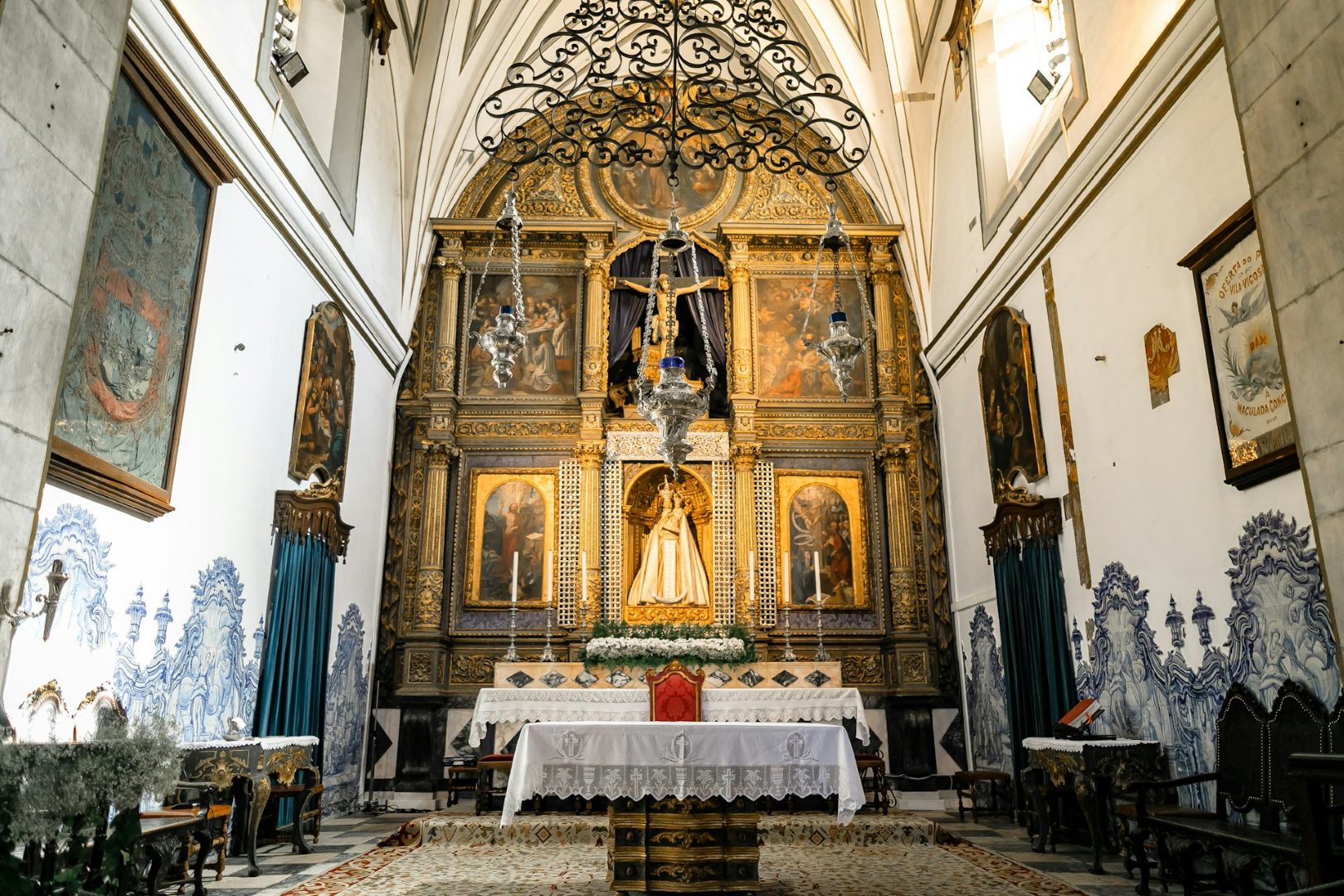Introduction
Paraments are an essential part of any Christian liturgical celebration. They are the garments worn by the clergy and other liturgical ministers, and they serve to distinguish them from the congregation. The design, colour, and symbolism of paraments have developed over centuries, and they can vary significantly depending on the denomination and liturgical tradition. In this blog post, we will explore the world of paraments, discussing their history, significance, and use in today’s churches.
History of Paraments
The use of special garments for liturgical purposes can be traced back to the early days of the Church. The first Christians were largely drawn from the Jewish tradition, and they adopted many of the vestments and practices of the Jewish temple. Over time, these garments began to evolve and take on new meanings. By the Middle Ages, a complex system of paraments had developed, with specific vestments for different ranks of clergy and different liturgical seasons.
Significance of Paraments
Paraments are more than just clothing. They are a visible expression of the Church’s faith and Tradition. They help to create a sense of awe and reverence in the liturgy, and they remind us of the sacred nature of the sacraments. The colours and symbols of paraments also have liturgical significance. For example, white is often used for Easter and Christmas, while purple is used for Advent and Lent.
Types of Paraments
There are many different types of paraments, but the most common include:
– **Chasuble**: The chasuble is a sleeveless outer garment worn by the priest or deacon during Mass. It is usually made of a heavy fabric, such as silk or velvet, and it is often decorated with embroidery or other ornamentation.
– **Dalmatic**: The dalmatic is a long, tunic-like garment worn by deacons. It is similar to the chasuble, but it has shorter sleeves and is open at the sides.
– **Alb**: The alb is a long, white linen garment worn by all liturgical ministers. It is a symbol of purity and baptism.
– **Stole**: The stole is a long, narrow scarf worn around the neck by priests and deacons. It is a symbol of their priestly authority.
– **Maniple**: The maniple is a shorter, narrower scarf worn around the left wrist by priests and deacons. It is a symbol of their liturgical ministry.
Guidelines for Using Paraments
The use of paraments is governed by a set of guidelines, which vary depending on the denomination and liturgical tradition. In general, the following guidelines should be observed:
– **Colour**: The colour of the paraments should match the liturgical season or feast day.
– **Rank**: The rank of the liturgical minister should be reflected in the type of paraments worn.
– **Fit**: The paraments should fit properly and be worn in a dignified manner.
– **Care**: The paraments should be cleaned and cared for according to the manufacturer’s instructions.
Conclusion
Paraments are an important part of Christian liturgical tradition. They are a visible expression of the Church’s faith and heritage, and they help to create a sense of awe and reverence in the liturgy. By understanding the history, significance, and use of paraments, we can better appreciate their role in our worship and deepen our connection to the Christian tradition.



